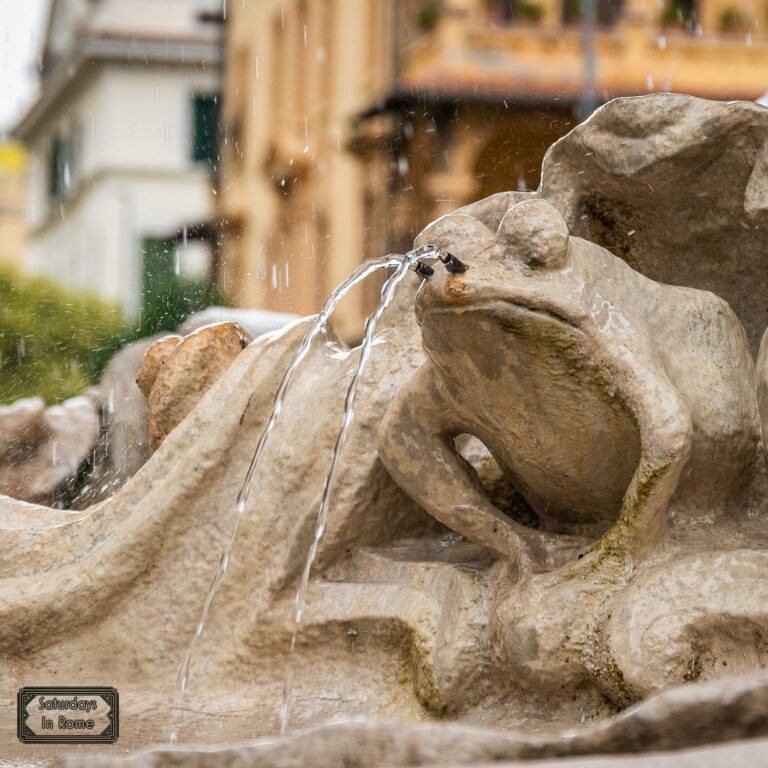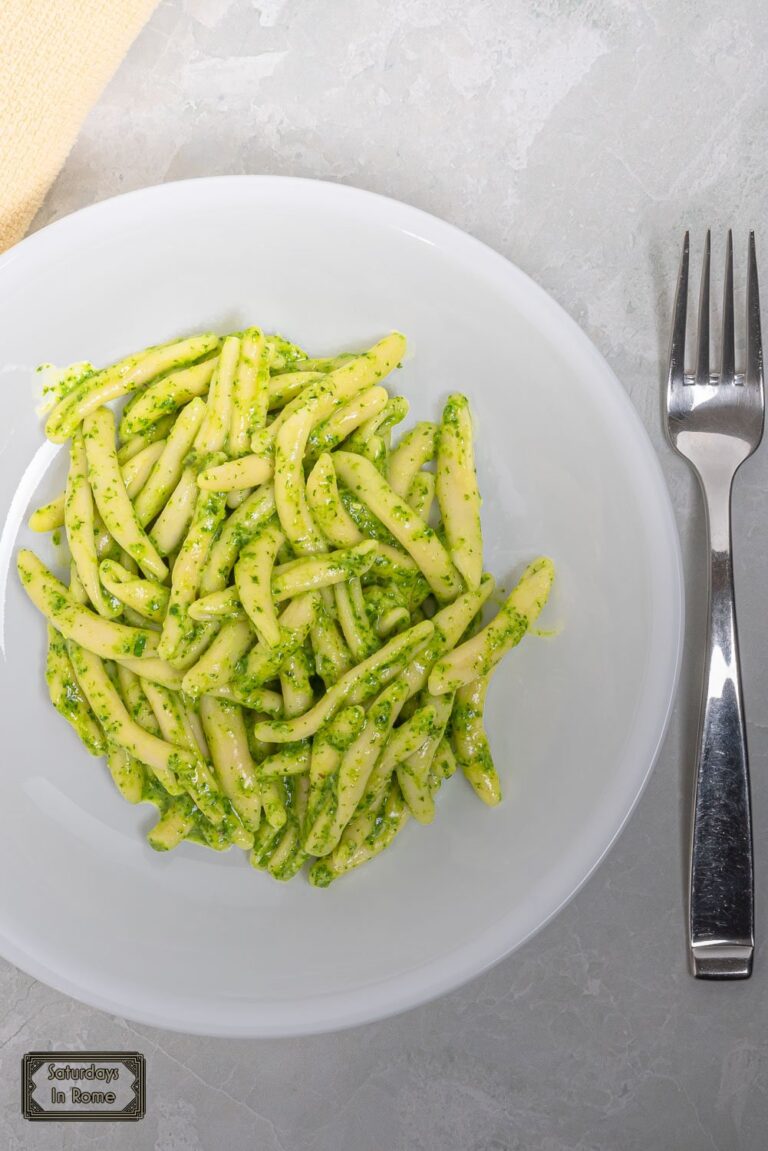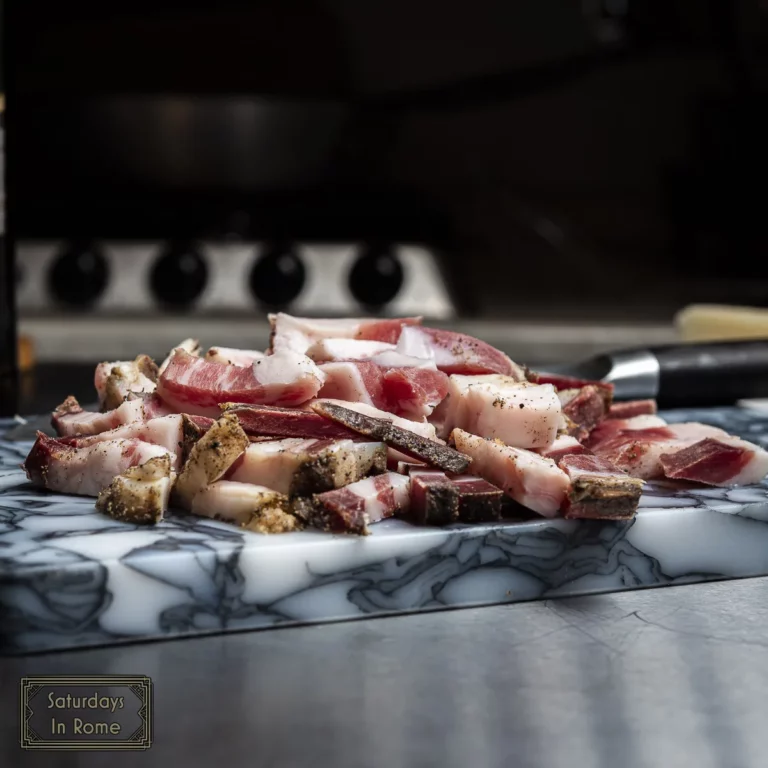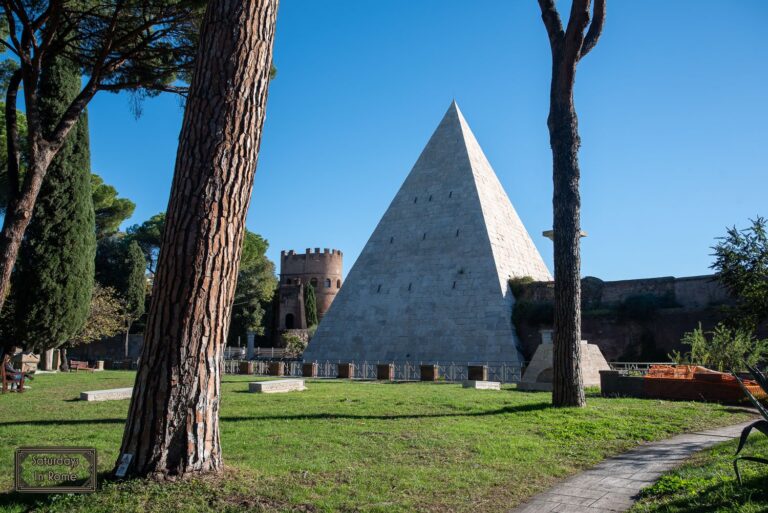Authentic Italian Pastas Will Make The Dish Perfect
Authentic Italian pastas that pair well with Rome’s 4 classic sauces, Carbonara, Cacio e Pepe, Amatriciana and Gricia will make your favorite dish perfect.
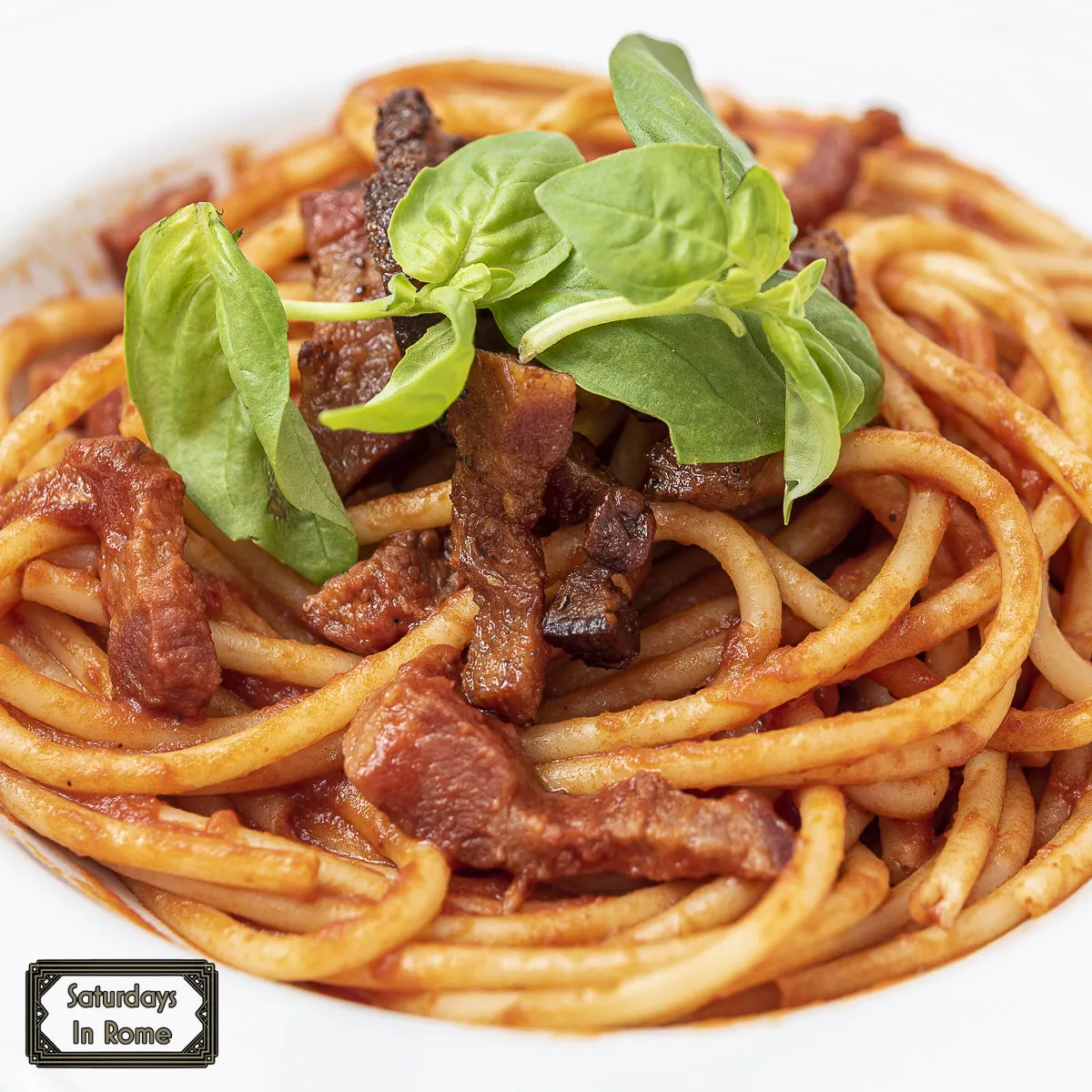
What Are The Four Main Pastas In Rome?
- Spaghetti – are a long, thin, solid, cylindrical pasta. It is a staple food of traditional Italian cuisine. Like other pasta, spaghetti is made of milled wheat and water and sometimes enriched with vitamins and minerals. Italian spaghetti is typically made from durum wheat semolina. Usually the pasta is white because refined flour is used, but whole wheat flour may be added. Spaghettoni is a thicker form of spaghetti, while capellini is a very thin spaghetti.
- Rigatoni – are a tube-shaped pasta of varying lengths and diameters originating in Italy. They are larger than penne and ziti, and sometimes slightly curved. If so, they are not as curved as elbow macaroni. Rigatoni characteristically have ridges down their length, sometimes spiraling around the tube, and unlike penne, rigatoni’s ends are cut square (perpendicular) to the tube walls instead of diagonally. The word rigatoni comes from the Italian word rigato, which means “ridged” or “lined”.
- Bucatini – are a thick spaghetti-like pasta made of hard durum wheat flour and water with a hole running through the center. They are common throughout Lazio, particularly Rome, and are long hollow rods which are also smooth in texture and have square-cut edges. The name comes from the Italian buco, meaning “hole”.
- Tonnarelli (a.k.a. Spaghetti alla Chitarra) is a variety of egg pasta typical of the Lazio region in Italy, with a square cross section about 2–3 mm thick. The dough consists of durum wheat semolina and eggs, with no added salt.
From Flour Producer Caputo’s:
“Pasta. It’s one of the most generic terms used to refer to an expansive, regionally specific, and centuries’ long part of regional Italian food culture. That said, even the most ambiguous of terms is enough to elicit sighs of fondness for one of our favorite starches. From early childhood to poor college life and beyond into adulthood, pasta is one food we all enjoy. In theory, it’s relatively quick and easy to make, inexpensive, and I can’t think of one single person who doesn’t enjoy it.”
Authentic Italian Pastas
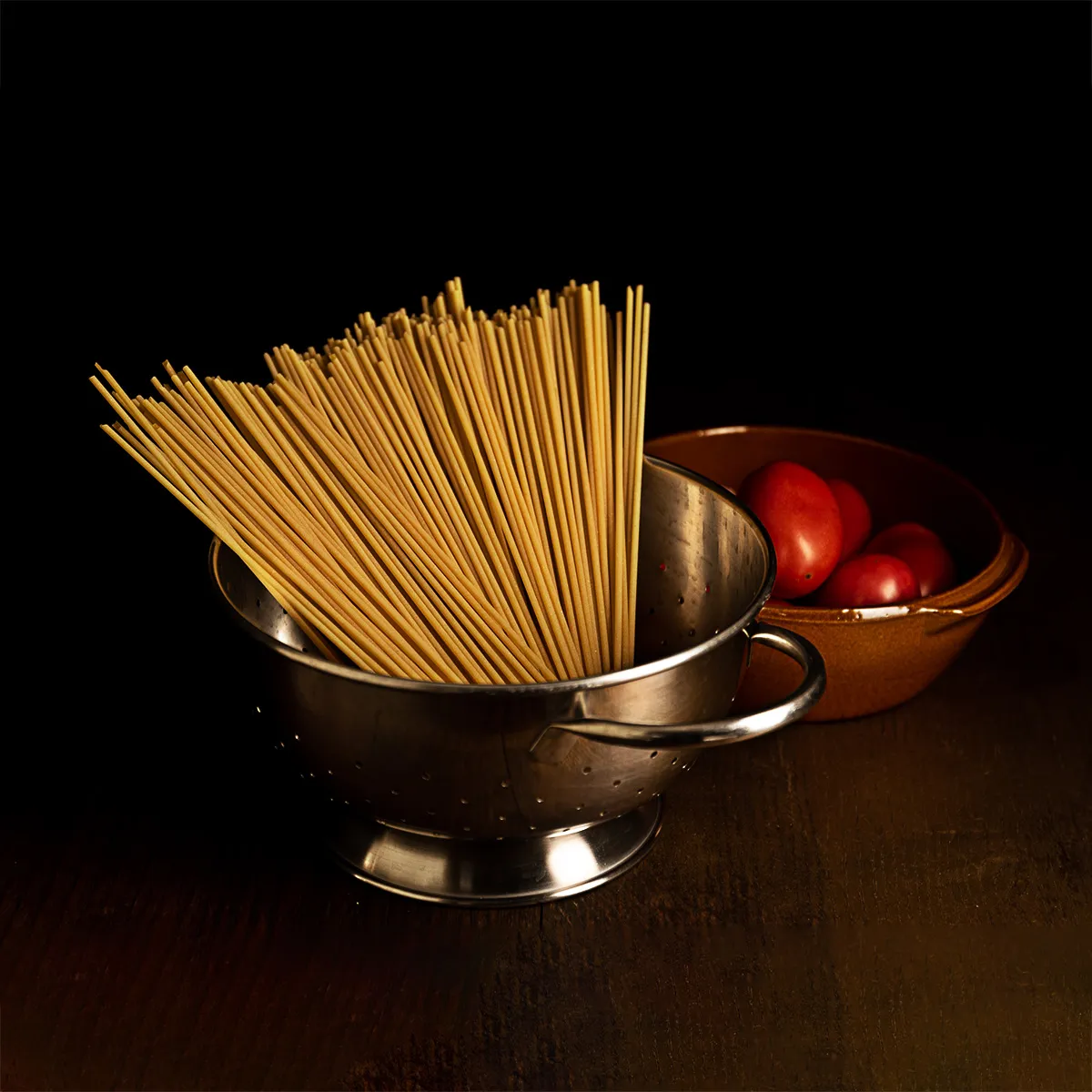
That said, there are just a few tips to be aware of when buying and preparing pasta that will enhance both the flavor and the texture of your pasta dish. Yes, there is a right way to make pasta and a wrong way. The right way will make your meal memorable and satisfying, the wrong way is akin to mortal kitchen sin. The next time you find yourself craving a plate of pasta, keep in mind that there are two different ways to make extruded pasta that has a tremendous impact on the quality of the pasta. The Die or the replaceable metal piece that the pasta dough is pushed through can be made of either Teflon or Bronze.
What Kind Of Pasta Do Real Italians Eat?
Bronze dies are the gold standard of extruded pasta because when it is made this way the pasta is rougher and is better able to hold onto whatever sauce you add to it. When bronze dies are used, artisans are often using higher quality durum semolina that will offer a real al dente bite, and an all around better, tastier product.
Teflon dies are more efficient and used in industrial production but the result is an inferior product. The resulting pasta is slippery (i.e. smooth) and actually makes it harder for the pasta sauce to stick to it. The gigantic industrial producer Barilla traditionally produced this type of pasta, however recently they’ve introduced a bronze die version because more people around the world are learning about the difference in quality.
What Is The Number One Pasta In Italy?
If you have spent any time in a grocery store in the US, it shouldn’t come as a surprise that Barilla is the most available brand in Italy with a presence of 98% in Italian supermarkets. This is an example, however of popularity not equaling quality. The above description of bronze die pasta is an important indicator of quality and only fairly recently has Barilla started offering bronze die pasta, at a premium price.
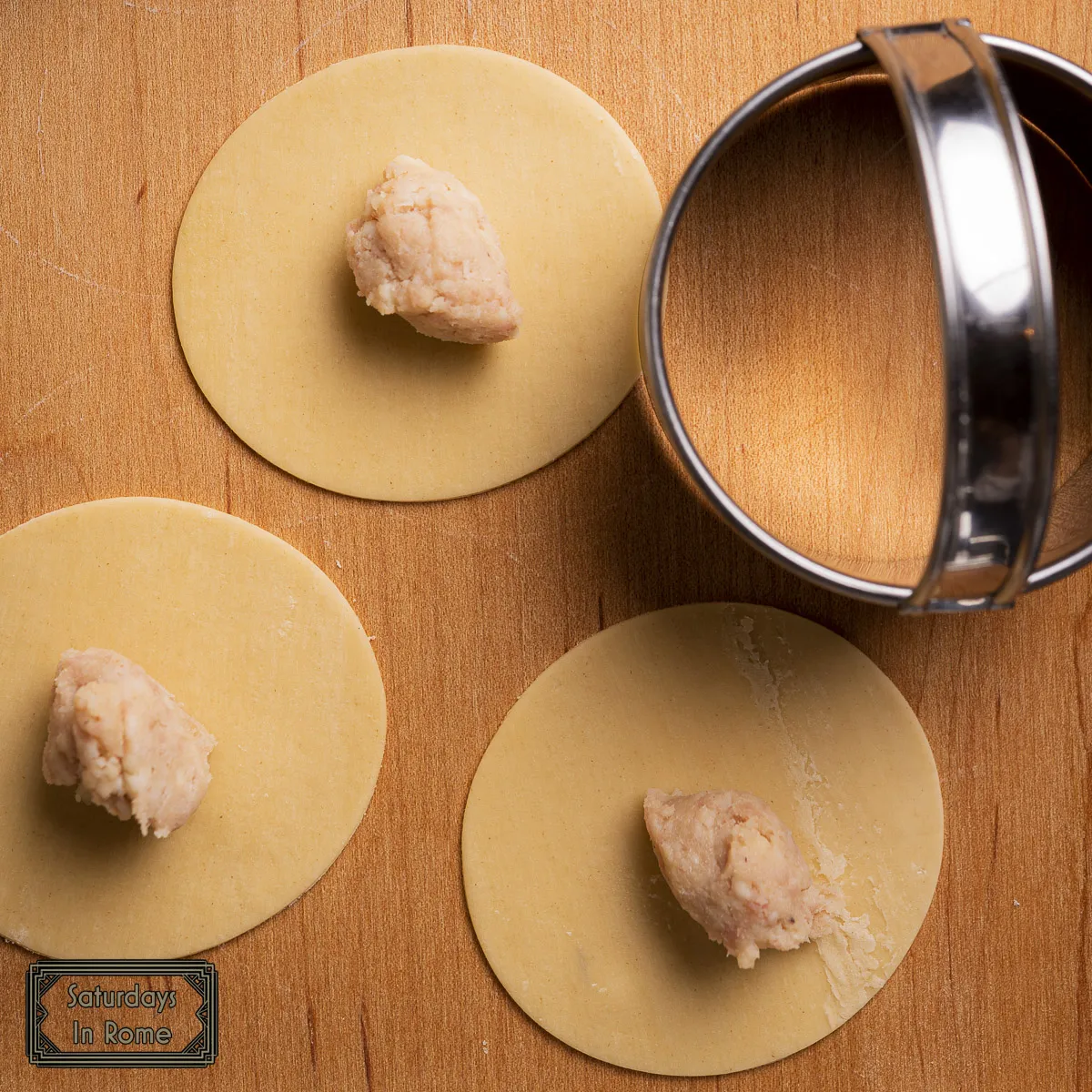
Authentic Italian Pastas From Rome
The menu in a Roman restaurant can be overwhelming, with all those courses and rules attached to them, but initially you can just focus on the four classic Roman pasta dishes and go from there. These are:
- Pasta alla Carbonara (with or without truffles) – This is a creamy combination of pasta (usually spaghetti), egg yolks, pecorino Romano cheese, guanciale (see below) and pepper. Although I described it as creamy, please notice that there is no cream added.
- Pasta alla Gricia – This is basically the same as the Carbonara, but without the egg yolks.
- Bucatini all’Amatriciana – You should use Bucatini pasta with this, but if you can’t find it, spaghetti will suffice. It’s a red sauce with tomatoes, guanciale, Pecorino Romano cheese and a peperoncino for a bit of spice.
- Pasta alla Cacio e Pepe – The pasta to use here is Tonnarelli, but spaghetti is a good substitute. This is simply a mixture of pecorino Romano cheese and some pepper. I have seen this dish made a couple of times table-side in a wheel of cheese, but even without the show, it’s a delicious vegetarian dish.
Guanciale
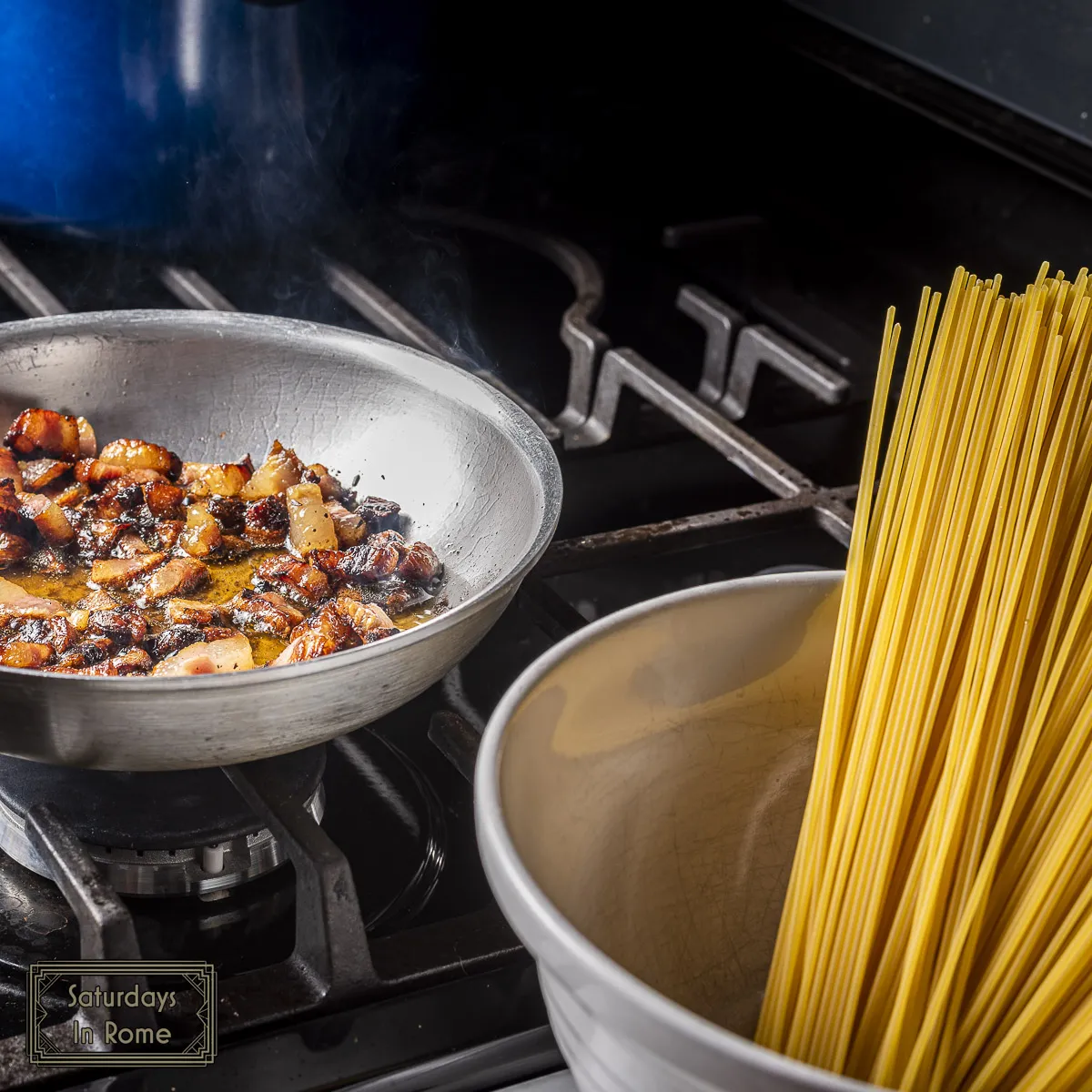
The guanciale is a key ingredient in three of the classic four roman pastas. Guanciale is a fatty cut of pork from the cheek of the pig with seasoning on the outside. It is different from lard (back fat) and pancetta (belly fat) and neither of these should be considered an acceptable substitute. The consistency of guanciale is harder than bacon and has a more distinctive flavor.
Well known food criminal Jamie Oliver uses something he calls “higher-welfare pancetta” in one version, whatever that is, and in his Easy Carbonara recipe he uses “higher-welfare smoked streaky bacon”. While I understand that Guanciale is not easy to get outside of Italy, don’t think for a second that these are acceptable substitutes.
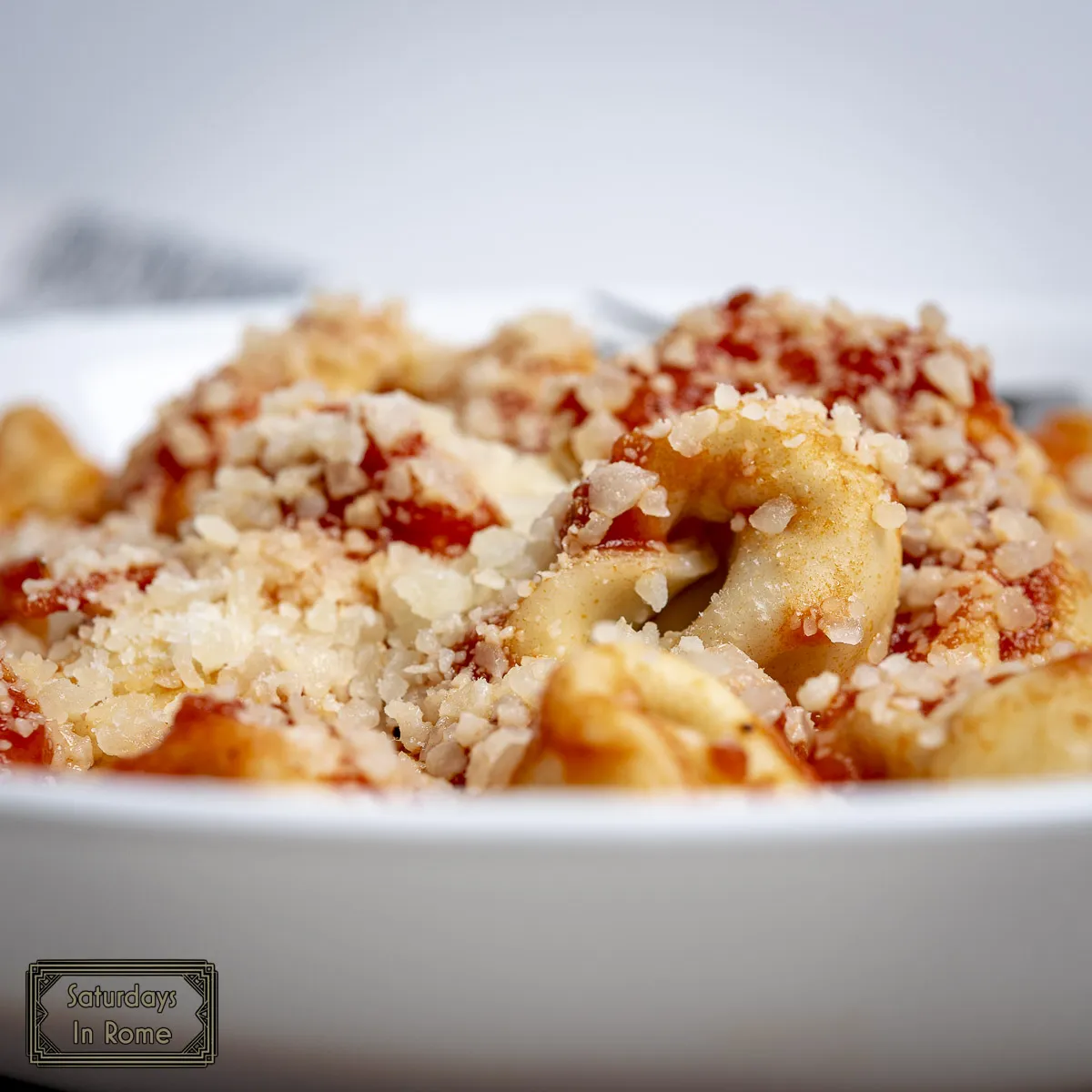
Traditional Italian Pasta – Strozzapreti
Strozzapreti is one of my favorite pastas, not only for the taste and how it holds the sauce, but also for the story that goes along with it. Certainly these aren’t facts, but the history of the name is certainly fun. I’d suggest you look up the literal translation.
In the period of the domination of the Papal State in the territory of Romagna, the priests used to impose very rigid taxes and customs. In fact, it seems that the priests collected the eggs from the women of the house and so, suddenly finding themselves without raw material to make fresh pasta , have invented a new recipe based only on water and flour. While they were preparing the dough, it is said that the housewives wished their guest would choke, after stealing the very eggs with which they were supposed to prepare the pasta for the family.
Another variant of the same story has the families of the town invite the priest, who, from time to time, passed from house to house for Sunday lunch. For the occasion, the women invented this dish and made it so good that it made the guest binge, while the husbands secretly hoped that he would choke. In short, in all variants, it does not end well for the self-invited guests.
Where To Take Your Authentic Italian Pastas From Here
I have only touched on the four authentic Italian pastas of Rome, but there is so much more to enjoy here. When coming to Rome, start with these four, but don’t stop there. Try some Fettuccine, Gnocchi or Cannelloni with almost any sauce and you wouldn’t be disappointed.
If you are interested in more posts about Italian food, check out these articles:
- Cooking With Italian Ingredients Improves Everything.
- Cooking with Cured Pork Cheeks (a.k.a. Guanciale).
- Cooking With Borlotti Beans Can Be Healthy And Delicious.
- Taggiasca Olives Are Great For Olive Oil Or For A Snack.
- Cooking With Oxtail Is Popular Worldwide, Including Rome.
- The Best Farmers Market In Rome And Around Italy.
- The Best Grocery Store Balsamic Vinegar Is A Great Addition.
- Italian Balsamic Vinegar Is Great For More Than Dressing.
- This Italian Hazelnut Spread Is Artisan, Not Industrial.
- The Best Flour To Make Pasta Makes All The Difference.
- Can You Eat Vegetarian In Italy During Your Vacation?
- Farmers Markets In Rome Are A Great Food Culture Experience.

